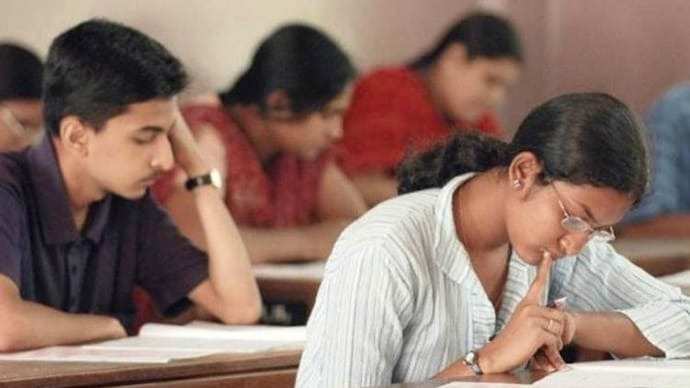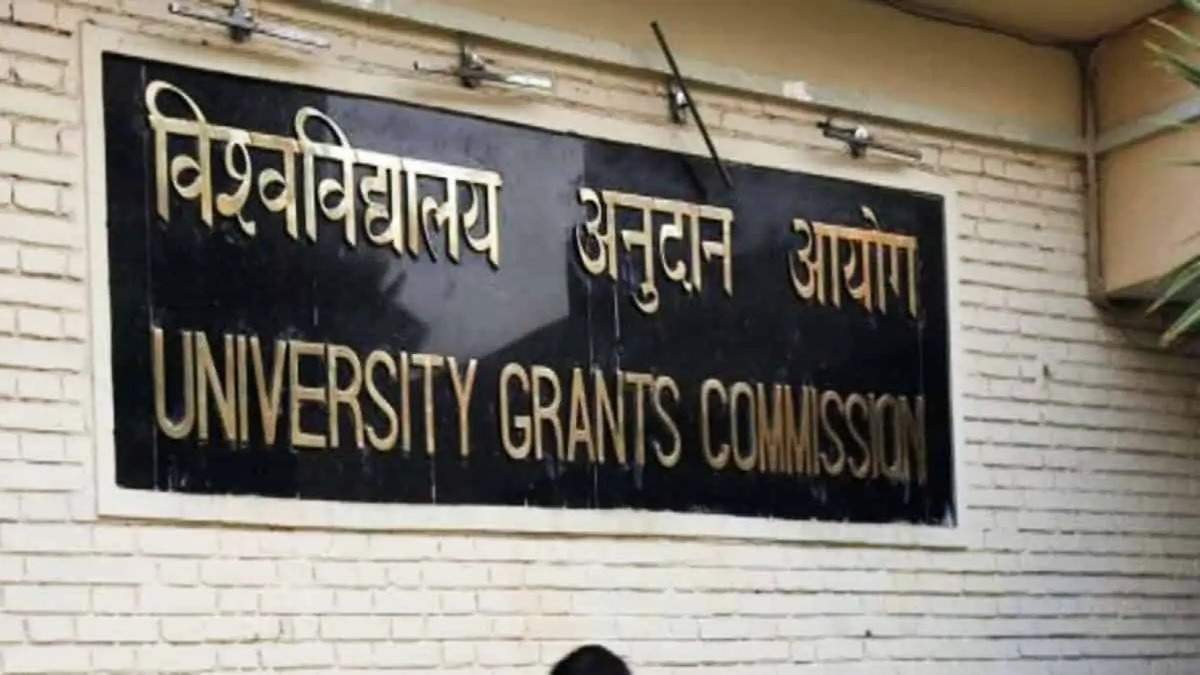यूजीसी ने आरक्षण नीति कार्यान्वयन दिशानिर्देशों पर प्रतिक्रिया मांगी है

विश्वविद्यालय अनुदान आयोग (यूजीसी) ने एक नोटिस जारी कर उच्च शिक्षा संस्थानों (एचईआई) में भारत सरकार की आरक्षण नीति को लागू करने के लिए प्रस्तावित दिशानिर्देशों पर राय, सुझाव और प्रतिक्रिया मांगी है। ये दिशानिर्देश भारत सरकार के तहत केंद्रीय विश्वविद्यालयों, डीम्ड-टू-बी-यूनिवर्सिटी और अन्य स्वायत्त संस्थानों पर लागू होने के लिए निर्धारित हैं।

इच्छुक हितधारक 28 जनवरी, 2024 तक यूजीसी के विश्वविद्यालय गतिविधि निगरानी पोर्टल (यूएएमपी) के माध्यम से मसौदा दिशानिर्देशों पर अपना इनपुट प्रदान कर सकते हैं। इन दिशानिर्देशों को तैयार करने के लिए यूजीसी द्वारा एक विशेषज्ञ समिति का गठन किया गया है, जो सरकार की आरक्षण नीति के कार्यान्वयन पर ध्यान केंद्रित करेगी। विश्वविद्यालय, कॉलेज और अनुदान सहायता संस्थान।
इस विशेषज्ञ समिति के गठन के पीछे प्राथमिक उद्देश्य 2006 से मौजूदा आरक्षण दिशानिर्देशों की समीक्षा और संशोधन करना है। यूजीसी का लक्ष्य इन दिशानिर्देशों को नवीनतम कार्यालय रिकॉर्ड, ज्ञापन, अदालती फैसलों और संवैधानिक प्रावधानों के साथ संरेखित करना है जो समाज के हाशिए पर रहने वाले वर्गों के हितों की रक्षा करते हैं। .
2006 में, केंद्र सरकार ने पर्याप्त रूप से वित्त पोषित उच्च शिक्षा संस्थानों में अन्य पिछड़ा वर्ग (ओबीसी) के लिए आरक्षण बढ़ाया। केंद्रीय शैक्षिक संस्थान (प्रवेश में आरक्षण) अधिनियम 2006 के तहत शामिल इस कदम ने ओबीसी के लिए 27 प्रतिशत आरक्षण आवंटित किया, जिससे अनुसूचित जाति के लिए मौजूदा 22.5 प्रतिशत कोटा के साथ संयुक्त होने पर ऐसे संस्थानों में कुल शिक्षा आरक्षण 49.5 प्रतिशत हो गया। (एससी) और अनुसूचित जनजाति (एसटी)।

यूजीसी आरक्षण नीति की मुख्य विशेषताएं:
-
प्रोफेसर रिक्तियों के लिए: आरक्षण नीति का मसौदा सहायक प्रोफेसर, एसोसिएट जैसे पदों के लिए सीधी भर्ती में अनुसूचित जाति (एससी) के लिए 15 प्रतिशत, अनुसूचित जनजाति (एसटी) के लिए 7.5 प्रतिशत और अन्य पिछड़ा वर्ग (ओबीसी) के लिए 27 प्रतिशत आवंटित करता है। प्रोफेसर, और प्रोफेसर।
-
विश्वविद्यालय प्रवेश के लिए: संस्थानों को एससी, एसटी, ओबीसी या आर्थिक रूप से कमजोर वर्गों (ईडब्ल्यूएस) के लिए आरक्षित रिक्त सीटों को भरने के लिए एक शैक्षणिक वर्ष में तीन प्रयासों तक की अनुमति है। हालाँकि, कोई भी शेष रिक्तियां अगले वर्ष के बैकलॉग के रूप में आगे नहीं बढ़ाई जाएंगी।
-
सिविल पदों के लिए: आर्थिक रूप से कमजोर वर्ग (ईडब्ल्यूएस), जो एससी, एसटी या ओबीसी आरक्षण के अंतर्गत नहीं आते हैं, उन्हें भारत सरकार (भारत सरकार) में सिविल पदों और सेवाओं में सीधी भर्ती में 10 प्रतिशत कोटा मिलेगा।
